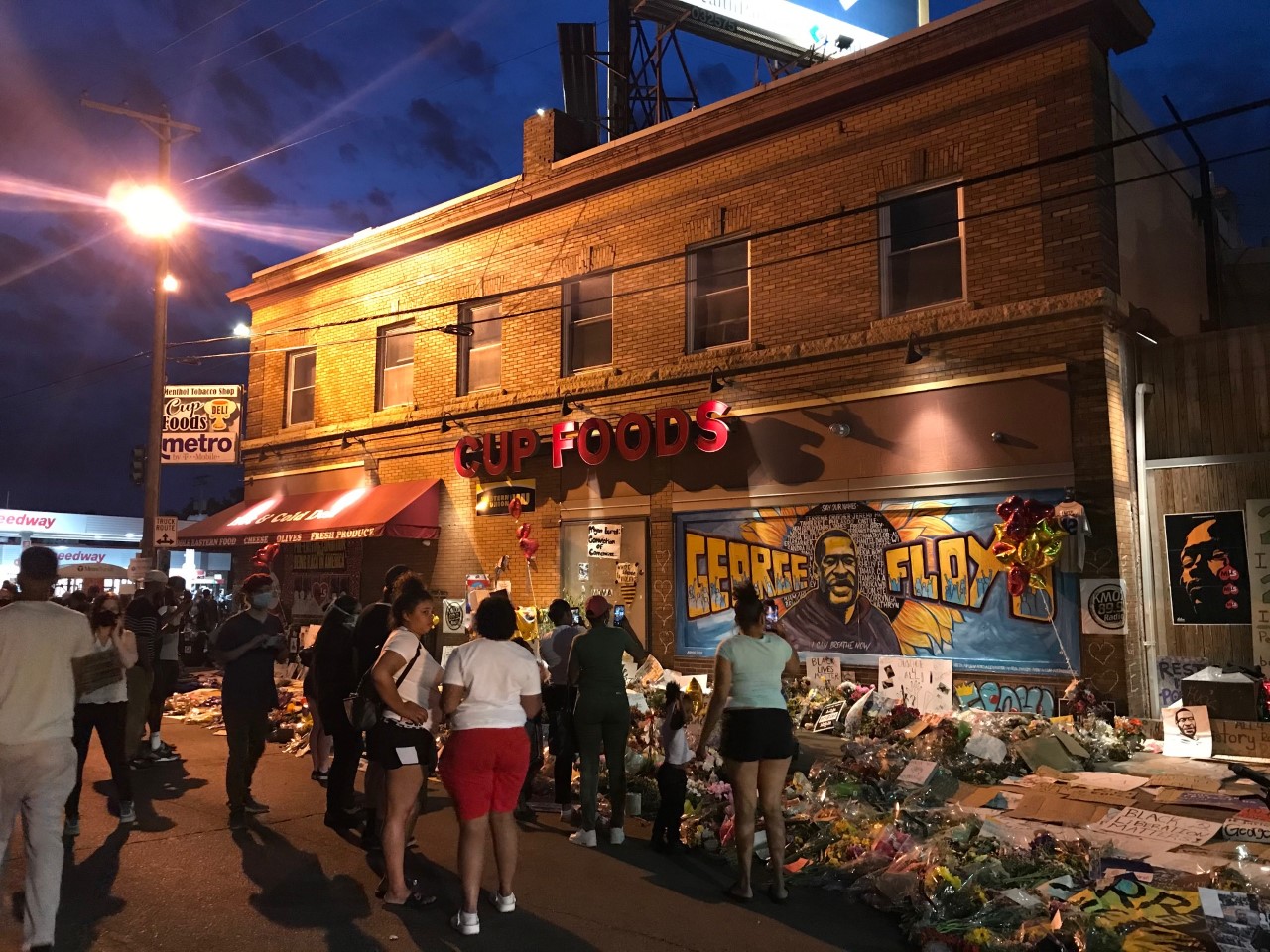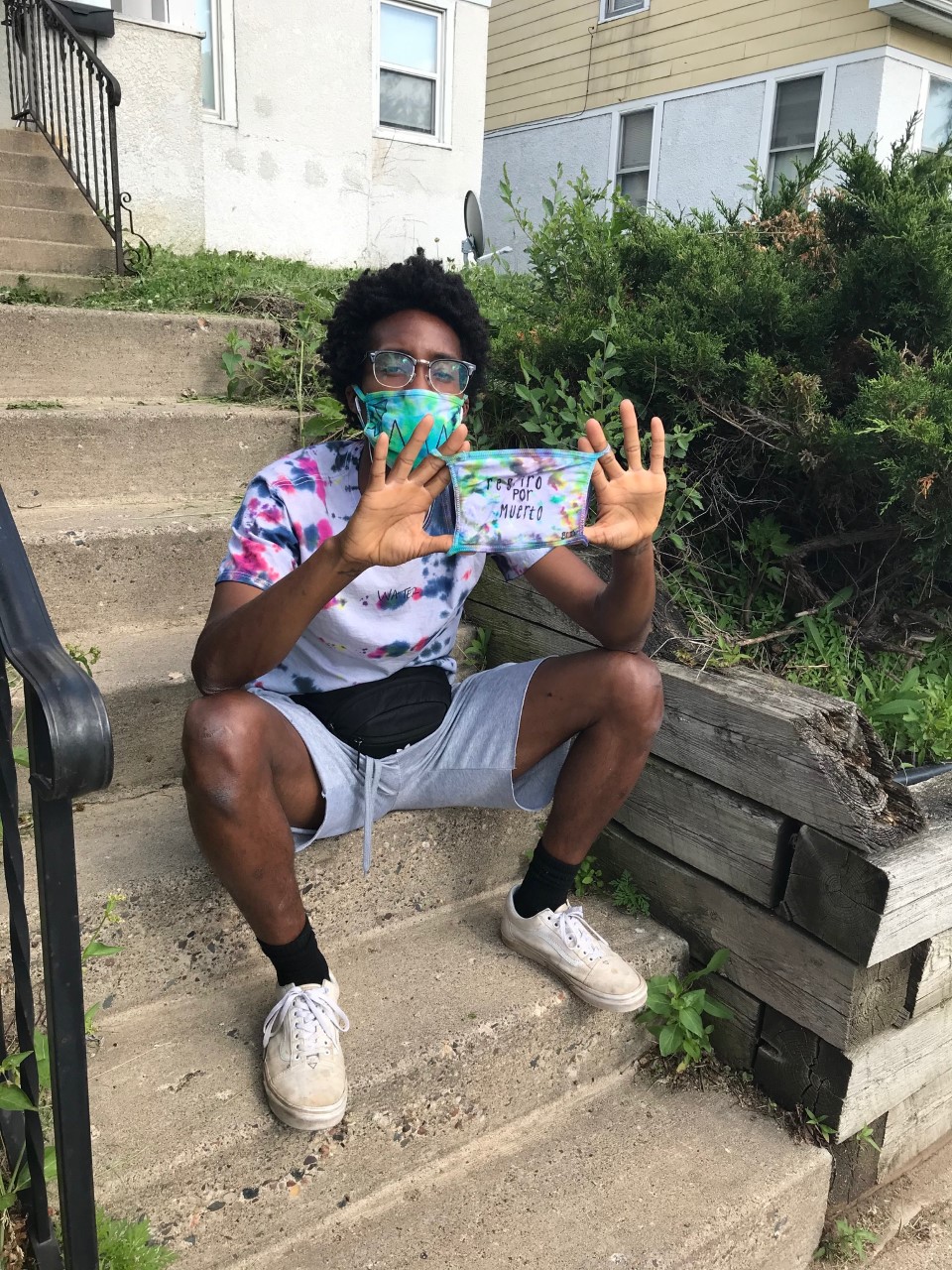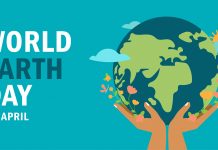
One month ago, 46-year-old George Floyd was killed by Minneapolis police officer Derek Chauvin at the intersection of 38th Street and Chicago Avenue.
By now, much has been written about what happened: As Chauvin pressed his knee into Floyd’s neck, Floyd cried out that he could not breathe at least 16 times after two other cops had pinned him down.
In the days following, Minneapolis and St. Paul saw nights of uprisings. Protests filled highways and coursed downtown. In cities across the country, other uprisings and protests expanded the movement into a reckoning for systemic racism. Conversations brought new intensity to old ideas, including reparations for centuries of slavery and discriminatory policies, and the defunding or abolition of the police force. Renewed calls also rose for legislative action to mend racial disparities in everything from education to employment, housing to healthcare, criminal justice to professional development—of which Minnesota has some of the worst.
At the intersection of 38th and Chicago, flowers and protest signs have carpeted the sidewalks. It has become the site of African and Ojibwe healing ceremonies, piano recitals, free haircuts, fashion shows, food drives, monumental works of art, and folks expressing catharsis and celebration.
Here are a few ways visitors to Floyd’s memorial site have channeled grief.

Gogo Nyazzendara
Gogo Nyazzendara practices traditional African healing in Minneapolis. On June 3, she brought an elevation ceremony to the intersection. She burned sage—”In Africa, we would use other things, but it’s for cleansing the spirit … and then also to take your prayers to the spirit realm,” she said—and tilted her head back, to direct anguished, raspy screams into the sky. Ordinarily, she would not have wanted photos taken of the ceremony, “but it’s public,” she said, “and I do want people to know that it’s being done.”
Nyazzendara: I am an African traditional healer, in the tradition of sangoma, which is Zulu from South Africa. I’m trained and initiated. So, what I did was an ancestral healing, and then also an elevation ceremony.
On the eighth day of someone’s passing, we like to try to elevate their spirit. Actually, we’re not even supposed to say the name of the person before those eight days, just so they can transcend easily. But with all the mourning, and all the anger, and all the sadness surrounding this—of George Floyd and police brutality—it’s just unearthed so much. Because there’s been so much unrest, it’s really important that I get out here and do that.
I was praying for all of the spirits who have been accosted by police brutality and died and shed blood, for their lives not being in vain, and for them to be able to transcend, knowing that we were going to do the work here, and that they can go.
I was screaming for all of the mothers, all of the grandmothers, all of the families. That call that I did is specific to calling for our ancestors in sangoma tradition. So, I’m also calling my ancestors to help in the process. They work through me, they call through me, and sometimes I don’t know. But I know that it was more about just crying out the bloodshed, and crying out for relief.

Joe Geary and Dr. Tiffany Beckman
Dr. Tiffany Beckman is an assistant professor of medicine at the University of Minnesota. Her partner, artist Joe Geary, created a huge dreamcatcher for the George Floyd memorial site, to which anyone can contribute.
Dr. Tiffany Beckman (Leech Lake Band of Ojibwe): A dreamcatcher is an American Indian cultural piece designed to let in the good energy and keep out the bad energy. That’s why [Joe Geary] made it: to honor George and the family, and to help them through their loss. People can come along and add flowers to it, or do what they want to.
Joe Geary (Turtle Mountain Band of Ojibwe): We’ve done two large [dreamcatchers] in Minnesota. One was for Prince, and, of course, for George. For change, and justice. Heartbreak. Just to give people a chance to reflect. So, hopefully, this helps bring that kind of a circle.
Beckman: Some of his [dreamcatchers] are teardrop shapes. With this one, he specifically talked about a circle: the youth and the elderly, and every journey in between—a beginning, and an end. There really is no word for “goodbye” in Ojibwe. But now he’s tied it to a spiritual domain, so it’s a proper sendoff.
There’s a large urban Native community, too, that mourns the loss of a person of color. What [Floyd] represented is what so many of us belong to: a community that’s marginalized, underrepresented, oppressed. Art gives that a voice. Somehow, you escape oppression by building something, and being a part of it, and then sharing it with a lot of other people who might share similar sentiments.

Malik
Malik initially wanted to give away the tie-dye face masks he created—bearing messages like “Black Lives Matter” and “Respiro por muerto,” as well as the George Floyd hashtag—for free, until a woman who lives in south Minneapolis convinced him otherwise, “basically saying that the focus is to help Black communities,” he says. Malik, who lives in Plymouth and grew up homeless in the Twin Cities, works for a moving company and says he would like more time to focus on art. (For more info, message @malikwearsglasses16 on Instagram.)
Malik: The phrase “Respiro por muerto” means, “I breathe for the dead.” Basically, this comes from the hashtag phrase, “I can’t breathe,” which were the last words of George Floyd. People have walked around with this on their shirt, or with their social media as a status, or they have worn a mask that says, “I can’t breathe.” Words, in 2020, are very important. Words carry a vibration and frequency. Every time you say that, you’re telling your brain that you can’t breathe, essentially. So, instead of saying, “I can’t breathe,” it’s, “I breathe for the dead,” because we’re still alive—thank god—but we also have the opportunity to breathe for those whose time came way earlier than it should have.
I have it in Spanish because I just want to bridge together the Black communities and the Spanish communities, to start up that brotherhood a lot stronger than what it is. I grew up around a lot of Hispanic people. They have always taken a liking to me, and vice-versa.
I grew up homeless, on and off, and so I’ve seen a lot of different ethnicities, different cultures, and things of that nature, just living in different communities or shelters. Growing up in the Cities, [I was] going to school with people from East Africa, from West Africa, or different parts of Africa, or white people, or Asian people, or Hispanic people, those from Central America and South America. I’ve always been drawn toward being more socially, ethnically diverse, just naturally, by my own divine right.

I wouldn’t want anyone to grow up the way I grew up, having so much creative energy and not having avenues of how to get this creative energy out. That’s another reason why you’ve got violence and gangs within the Black community, because we don’t really have outlets. The outlets are here, but it’s not clear enough. You’ll see a liquor store before you’ll see an arts supply store in the ‘hood. So, when you’re growing up in that environment, your universe don’t got much in it, so you just become that.
My end game is to focus more on Black people than on what white people can do to relax. I feel like, in this moment, white people are finally realizing, “Oh, shit—what they’ve been doing to y’all is kind of f— up.” And so, now that y’all see that, it’s not my goal to help y’all with that. It’s my time to turn and look at my own people and say, “OK, they kind of get the picture. But let’s get our own picture.”








